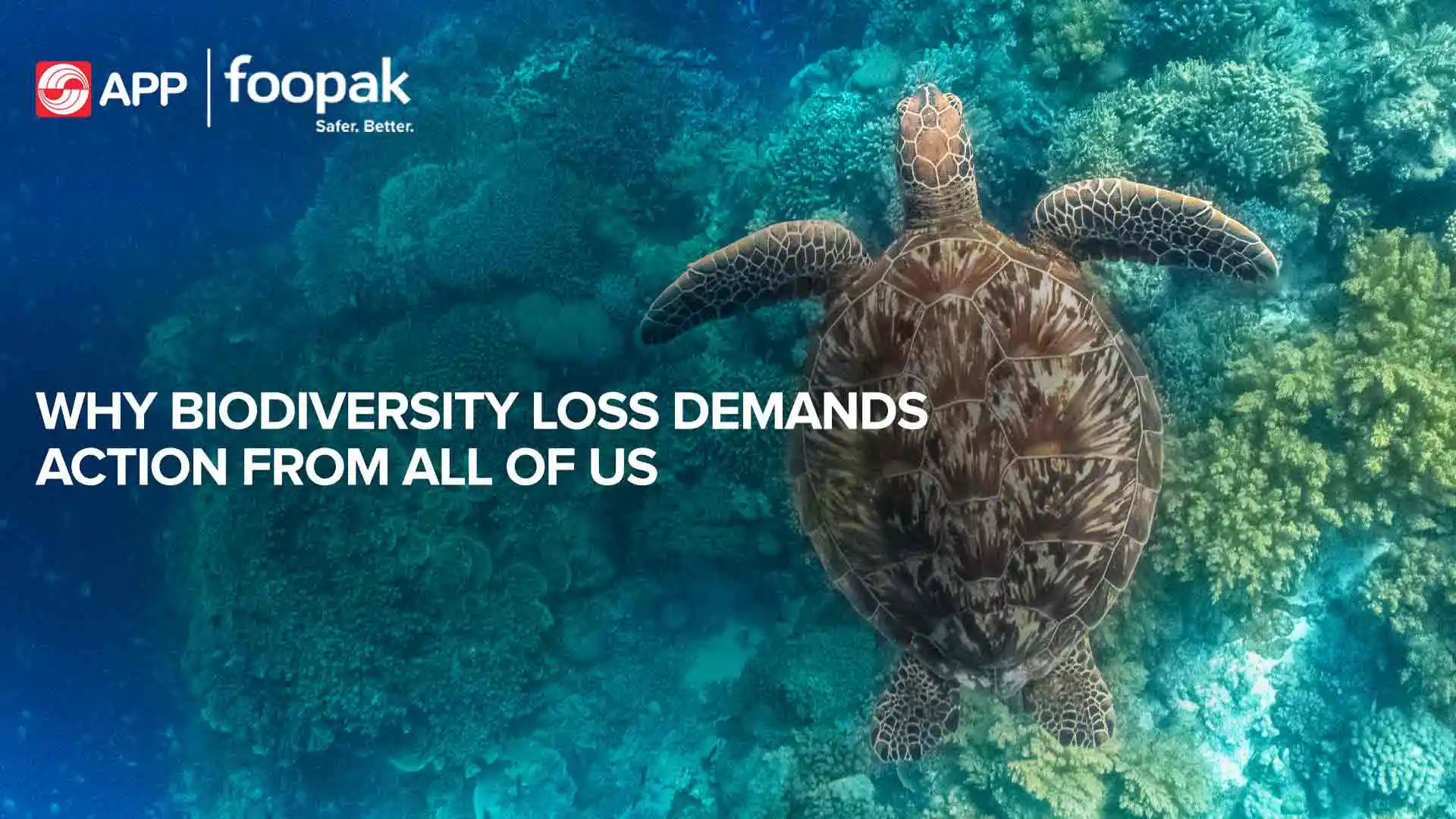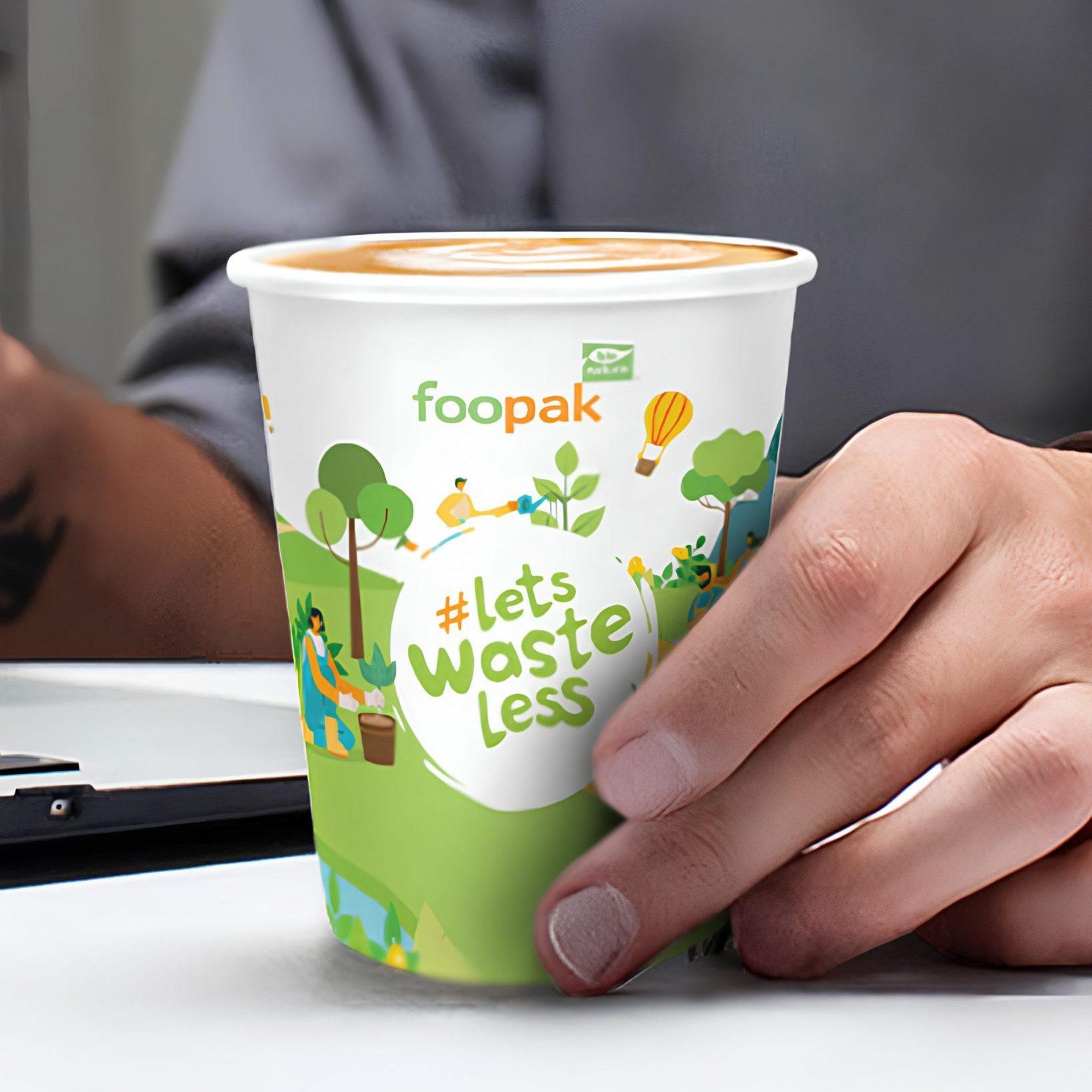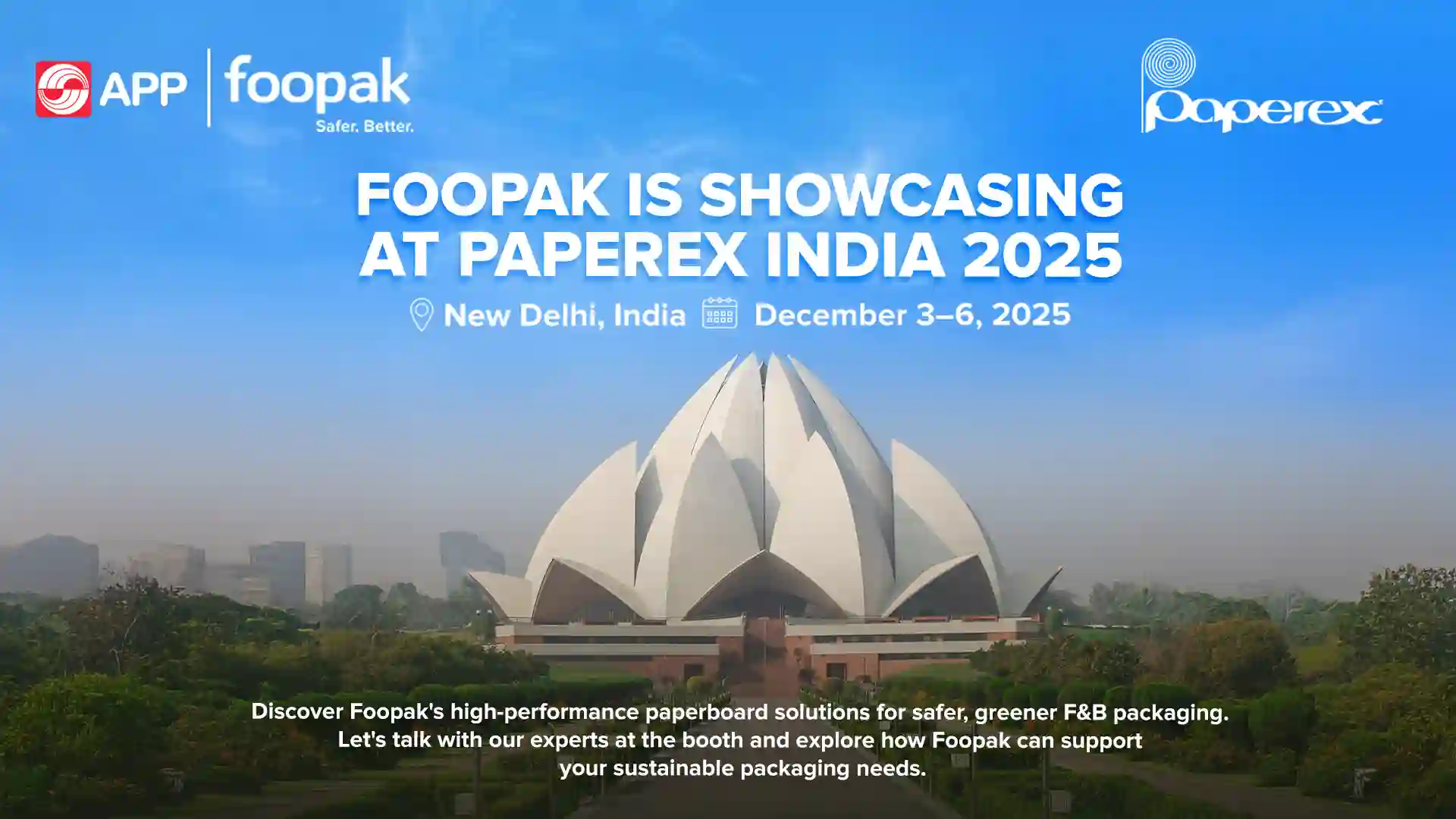UN Secretary-General António Guterres has warned that biodiversity loss is a global crisis no country can ignore. He urged governments to “act now to end the destruction of nature, protect our planet, and build a more sustainable future for all.”
This warning highlights the urgent need to protect nature before it’s too late. If we don’t take action, we risk losing the clean air, food, water, and climate stability that nature provides.
What is Biodiversity Loss?
According to the United Nations Office for Disaster Risk Reduction (UNDRR), biodiversity loss means we’re losing the variety of life on Earth, including different species of plants and animals, as well as entire ecosystems like forests, coral reefs, and wetlands. It also includes the loss of genetic diversity within species, which is critical for their ability to survive diseases, adapt to climate change, and maintain healthy populations.
Read More: Are Renewable Materials the Key to Reducing Environmental Impact?
Why Should We Be Concerned?

Biodiversity loss is occurring at unprecedented rates. The 2024 WWF Living Planet Report shows that global wildlife populations have dropped by 73 percent between 1970 and 2020. This is based on data from nearly 35,000 populations of over 5,000 vertebrate species, and it means populations are shrinking by about 2.6 percent every year.
Another report from 2024 by IPBES found that we’re losing 2 to 6 percent of nature every ten years. This includes not just animals, but whole ecosystems like forests, rivers, and coral reefs. It’s a sign that nature is steadily disappearing.
Main Causes of Biodiversity Loss
The causes of biodiversity loss often overlap and intensify one another, so addressing the problem requires coordinated action on all fronts.
1. Pollution
Pollution is one of the major causes of biodiversity loss because it harms animals, plants, and ecosystems in many ways. For example, chemicals from farming (like pesticides and fertilizers) can poison soil and water, making it hard for wildlife to survive. Plastic pollution in oceans and rivers can injure or kill marine animals when they swallow or get tangled in it.
Air and water pollution can also change habitats so much that some species can no longer live there. Over time, this reduces the number of species and weakens ecosystems. According to the 2024 IPBES Nexus Assessment, pollution continues to play a significant role in biodiversity decline, especially in freshwater and marine environments.
2. Climate Change
As global temperatures rise and weather patterns shift, many species struggle to adapt. Climate change is already causing range shifts, population declines, and disruptions in migration and reproduction. Some species are being pushed toward extinction as their habitats become unlivable.
Read More: 6 Tips How to Reduce Climate Change Start from Ourselves
If we don’t drastically cut greenhouse gas emissions now, the loss of biodiversity will speed up quickly. Rising temperatures and changing weather are already putting many species at risk, and the damage will only get worse if we fail to act.
3. Habitat Destruction
Around 75% of Earth’s land and 66% of marine areas have already been significantly altered by human activities such as agriculture, urban development, and infrastructure expansion. As a result, about 85% of the world’s original wetlands have been lost in the process.
3 Ways We Can Do Our Part to Help Stop Biodiversity Loss
We can all do our part to help tackle biodiversity loss.
1. Protect and Restore Natural Habitats
It starts with you. As an individual or a business, you can make a difference by planting trees, protecting wetlands, and helping preserve natural habitats.
2. Reduce Plastic Waste in Our Daily Lives
Plastic pollution is one of the biggest threats to marine and land biodiversity. Cutting down single-use plastic in packaging, shopping bags, and food containers can go a long way toward protecting wildlife.
3. Choose Smarter Packaging Alternatives
Switching to biodegradable and responsibly sourced packaging makes a real difference. Foopak offers a better alternative to single-use plastic packaging. Its paperboard products, like Foopak Bio Natura, are made from certified renewable resources and are recyclable, compostable, and food-safe. This means the packaging can break down safely without harming nature.
Unlike plastic, which takes hundreds of years to degrade and poses long-term threats to wildlife and ecosystems, Foopak uses responsibly sourced paper from PEFC-certified forests, where trees are replanted and biodiversity is protected. For every ton of plastic packaging replaced with Foopak paperboard, thousands of pieces of harmful waste are kept out of land and sea habitats. By switching to Foopak, businesses help reduce plastic pollution, preserve ecosystems, and support the regeneration of natural habitats.


